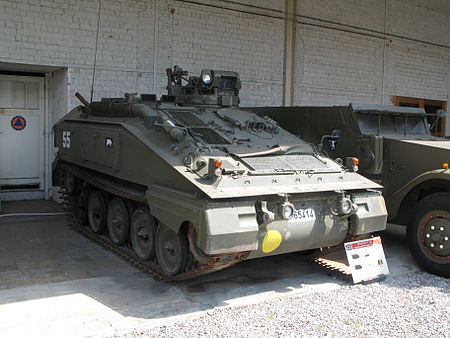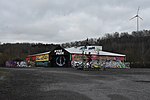Osnabrück mortar attack
1996 crimes in Germany1996 in military history20th-century history of the British Army20th century in Lower SaxonyAttacks on buildings and structures in Germany ... and 14 more
Attacks on military installations in the 1990sBattles and conflicts without fatalitiesBritish forces in GermanyConflicts in 1996Crime in Lower SaxonyEngvarB from October 2013Explosions in 1996Improvised explosive device bombings in GermanyJune 1996 events in EuropeMilitary actions and engagements during the Troubles (Northern Ireland)OsnabrückProvisional Irish Republican Army actionsProvisional Irish Republican Army actions in continental EuropeTerrorist incidents in Germany

The Osnabrück mortar attack was an improvised mortar attack carried out by a Provisional Irish Republican Army (IRA) unit based in mainland Europe on 28 June 1996 against the British Army's Quebec Barracks at Osnabrück Garrison near Osnabrück, Germany.
Excerpt from the Wikipedia article Osnabrück mortar attack (License: CC BY-SA 3.0, Authors, Images).Osnabrück mortar attack
Am Belfastpark, Osnabrück
Geographical coordinates (GPS) Address Nearby Places Show on map
Geographical coordinates (GPS)
| Latitude | Longitude |
|---|---|
| N 52.300277777778 ° | E 7.9830555555556 ° |
Address
Am Belfastpark
Am Belfastpark
49090 Osnabrück
Lower Saxony, Germany
Open on Google Maps








